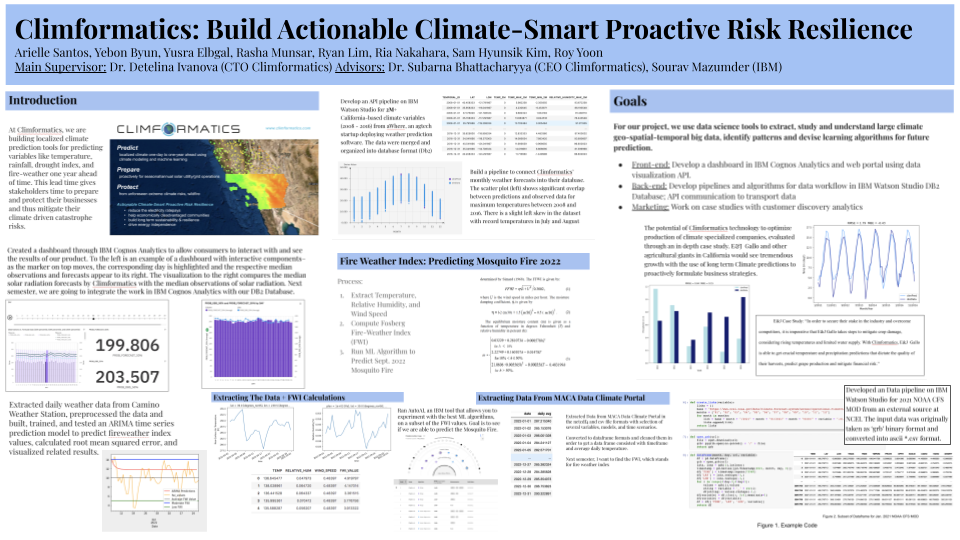There may be several pathways in which a warming climate could affect human health. Seasonal factors (for instance, flow of viruses from tropical to temperate regions and back in each hemisphere’s respective winter) may drive susceptibility or transmission of infectious diseases. In the temperate regions, seasonal influenza virus outbreaks correlate closely with decreases in humidity. SARS-CoV-2 and influenza A virus both cause acute respiratory infections, are highly transmissible, and infect adults. Without active interventions to stop SARS-CoV-2 transmission, how the virus may linger on through seasonal migratory patterns is not well understood. Why most respiratory pathogens prevail in the winter of temperate regions is unclear. Here we address some of these questions by analyzing historical flu and climate data. Using data science and learning techniques, we will study a data-driven analysis linking the influence of anomalous climate conditions on infectious disease pandemics.

